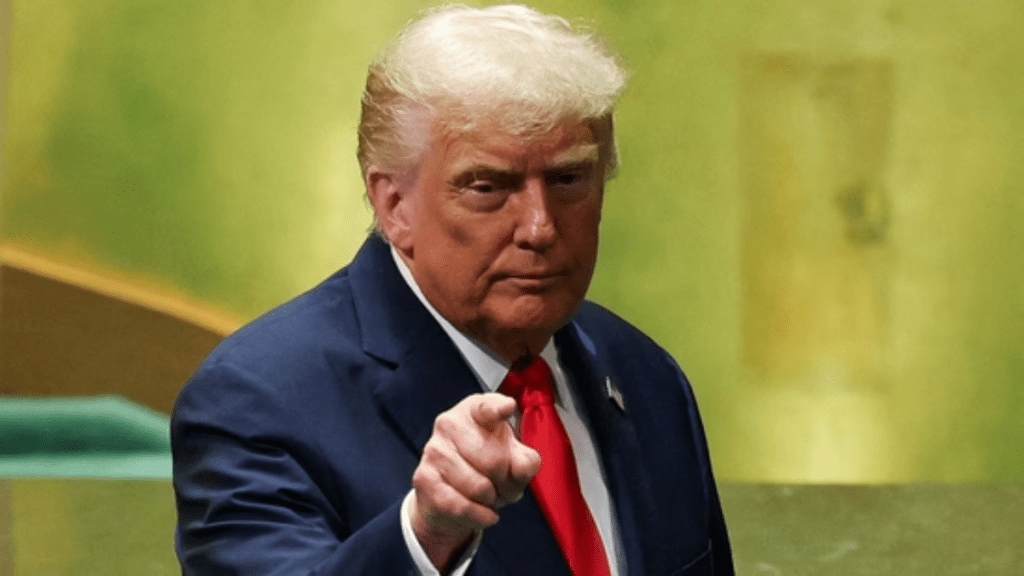President Donald Trump said on Tuesday that the US is probably headed towards a government shutdown. “We will probably have a shutdown,” he told reporters at the White House.
He stated that Democrats were taking a risk in their negotiations over the shutdown, adding that the Trump administration could reduce the benefits it disburses.
When asked by a reporter how many federal workers he planned to lay off if a government shutdown occurs, Trump responded, “Well, we may do a lot.”
Trump placed the blame on the Democrats, accusing them of wanting to increase illegal immigration into the US.
Recently, White House budget chief Russ Vought circulated a memorandum outlining how the Trump administration intended to use the shutdown as an opportunity to implement long-term cuts in federal spending and reduce the number of federal employees.
JD Vance on the possibility of shutdown
US Vice President JD Vance said on Monday that a government shutdown seems likely, as there is still no agreement on funding after a meeting between Trump and Democratic leaders in Congress did not make much progress.
After the meeting, Vance spoke outside the White House, saying, “I think we’re headed for a shutdown because the Democrats won’t do the right thing. I hope they change their mind, but we’ll see,” as reported by CNN.
What happens during a government shutdown?
During a government shutdown, hundreds of thousands of government workers could be furloughed or forced to work without pay.
While essential services like social security, military duties, immigration enforcement, and air traffic control will keep running, many other services might be delayed or disrupted.
Food safety inspections, immigration hearings, and air travel could be affected. The wider economy may not feel the impact immediately, but if the shutdown lasts a long time, it could slow economic growth, disrupt markets, and lower public confidence.
In 2018, a standoff between President Trump and Democrats led to a 34-day shutdown, affecting about 800,000 federal workers. Back in 2013, a shutdown lasted 16 days because Congress could not agree on a budget for the new fiscal year.


